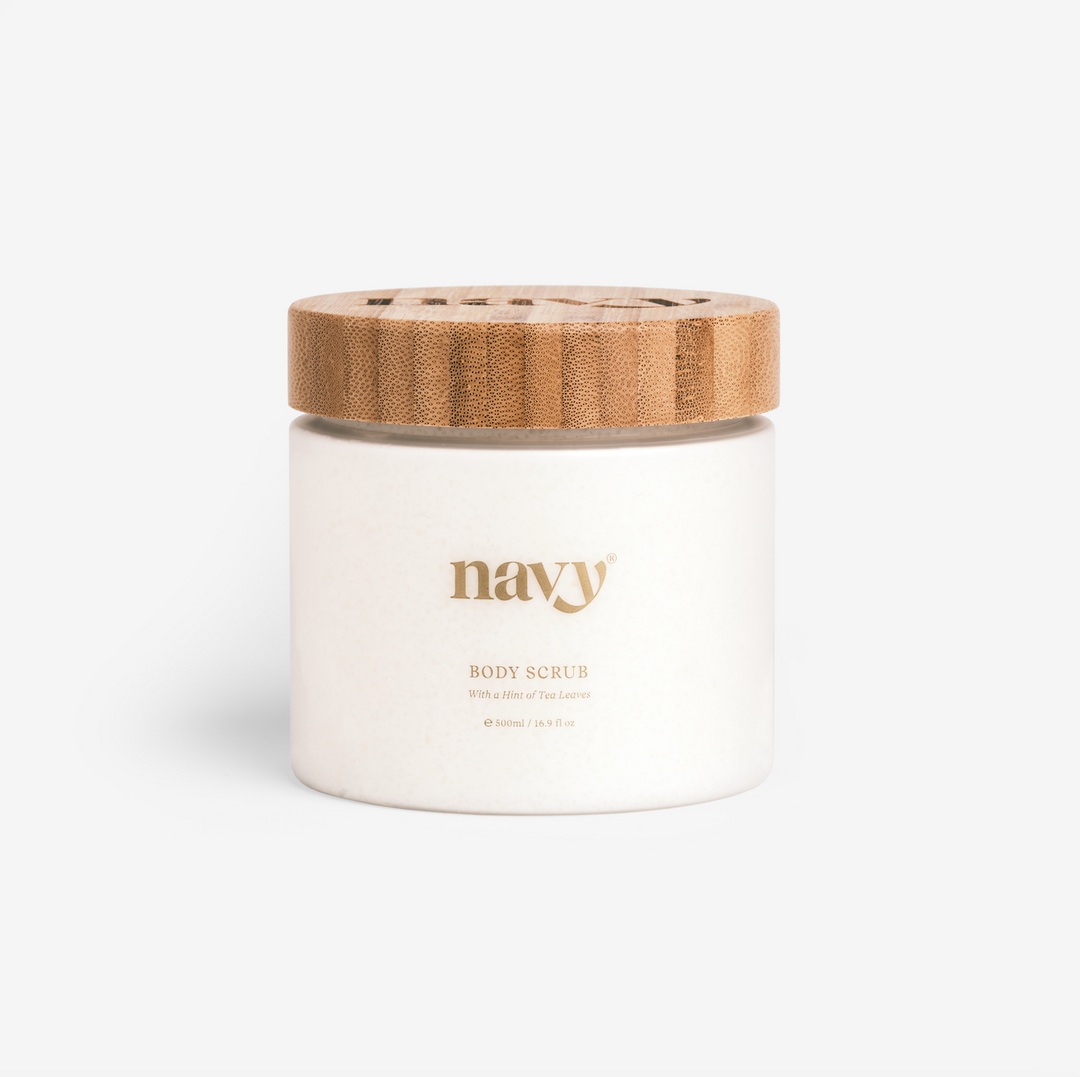Let me introduce myself – my name is Dr Patricia Fenton, MB BS, NHS Trust Director of Infection Prevention and Control 2002-2013 - or Trish for short! and for 33 years I helped to fight hospital acquired infection. My pedigree is 5 years at university studying medicine then a year doing surgery and cardiology followed by 5 more years training as a pathologist. Not the “Silent Witness” type but a microbiologist, working to diagnose and treat infections with bacteria, fungi and viruses. Everything from salmonella to swine flu via sporothrix filled my working day and a big chunk of my time was spent trying to stop patients picking up unwanted germs through cross infection.
When Rebecca approached me about her gorgeous range of Navy Professional tools she wanted to know how to build safe hygiene practice into busy everyday beauty salon work. What did I think of barbicide? “Arghh!” How about bench top sterilisers? “In your nightmares!” What about a good scrub in hot soapy water, rinse and dry between each client? "Unpractical?"
Rebecca was already half way there with her titanium coating which to a bug trying to stick on and cause trouble is a bit like trying to pin jelly to a notice board i.e. it slips off most of the time. However if you add in some “gunk” (skin scales, grease, resins, hair etc. – you get the idea) and there just might be a possibility of something nasty being passed on via the tools of the trade. This is where the hygiene conscious client starts to ask questions, and rightly so.
A search of the scientific literature flags up examples of dermatophytes¹ (fungi that cause ringworm) growing from hairdressing tools and mycobacteria² (which can cause boils and ulcers) growing from foot baths, but reassuringly a big study in the USA in 2014³ did not show any transmission of hepatitis.
Let’s face it, common sense can prevail here because we are talking about low to medium risk which can be readily eliminated, not full sterilisation for invasive surgery.
Erring on the safe side is a good policy though so at Navy Professionals we are working together to develop a simple two wipe system based on sound scientific principles of decontamination4 . We know a disinfectant has to touch in order to destroy so you need to clean first then disinfect.
Wipes can be neatly presented and unobtrusively kept right at the work station saving time, congestion at the sink and the unacceptable mix of skin scales and coffee cups (yuk – we’ve all seen it).
Used quickly but effectively to clean with detergent then disinfect with alcohol they leave tools safe, dry and ready to re-use or store in minutes!
Remember clean first then disinfect
Trish x
-
O.Coulibaly et al. Mycoses 2015 58(2):65-8
-
JE Stout et al. Clinics in Infectious Diseases 2011 53(8) 787-92
-
J Young et al. Journal of Public Health 2014 20(6) 20-30
-
Healthcare Infection Society 2015 Guidelines









